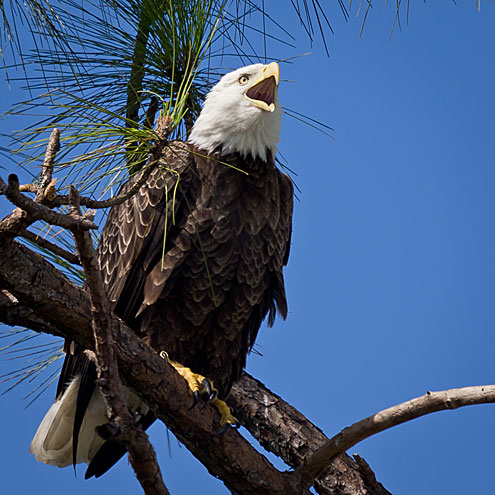By David Harrah, Aptos resident and member of the Watsonville Wetlands Watch Board of Directors

In the late 1960s and early 1970s people around the world were waking up to the damage being inflicted upon the earth as populations increased. There was much to do, and many gloomy predictions hung in the air. An Earth Day founder, Senator Gaylord Nelson, noted that the Smithsonian Institution believed that by 1995 “somewhere between 75 and 80 percent of all the species of living animals will be extinct,” while Life Magazine predicted that “by 1985 air pollution will have reduced the amount of sunlight reaching earth by one half.”
Watsonville Wetlands Watch joined the cause for a cleaner environment with its creation in 1991, focusing its efforts on the six long-neglected and damaged sloughs that extend from the city to the ocean and constitute the Watsonville Slough System. This slough system is one of only a few remaining large freshwater wetland areas on the California coast. The wetlands are home to approximately nine species of fish and over 250 species of waterfowl, raptors and songbirds. As well, they are a vital stopping-off point on the Pacific Flyway for thousands of migrating birds. Many people, organizations and local governments have made significant contributions toward their conservation over the ensuing 25 years.
A significant species of concern for the environmental movement was our national bird: the bald eagle. It was estimated that by 1963 less than 450 nesting pairs of bald eagles remained, and the species was in danger of extinction. Loss of habitat, hunting, and DDT poisoning were combining to destroy our national symbol. The effort to rebuild the bald eagle population is paying off. According to the U.S. Fish and Wildlife Service, there are now more than 9,000 nesting pairs in the lower 48 states.
The Watsonville wetlands had for years been a home to or a stopping-off point for bald eagles. Fish constitute half to three-quarters of the bald eagle diet, and there are plenty of big trees for their nests, so the area was a favorite breeding ground for them.
During the summer of 2014, a bald eagle pair birthed and raised a female eaglet, the first in decades in Santa Cruz County. It was rightfully hailed as a major breakthrough; the newspapers called it “a huge moment in conservation history.” Last summer, the pair raised two fledglings, a male and a female. Hopefully, this coming summer will produce more eagles. The recent rains are making our wetlands even more attractive to the fish and the bald eagles that thrive on them. The return of the bald eagle is a reminder that we are making progress. The wetlands are healing.
Happy Earth Day, everybody!